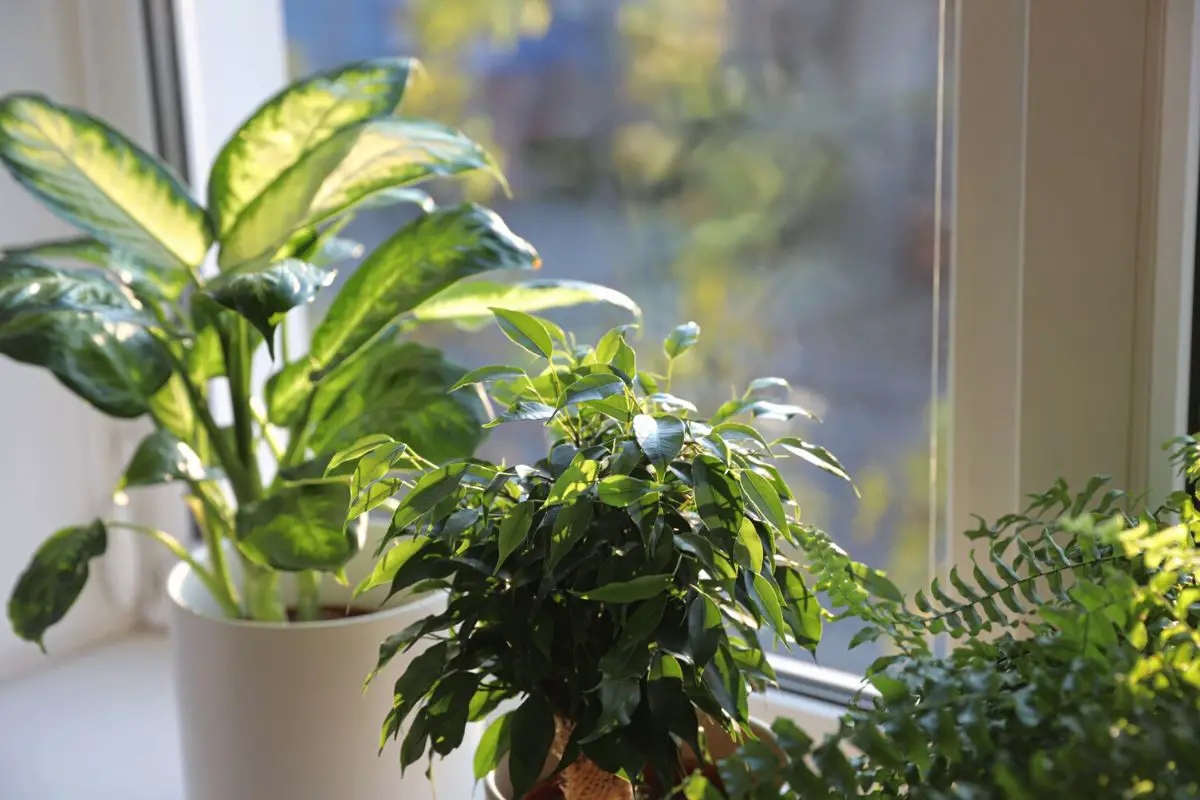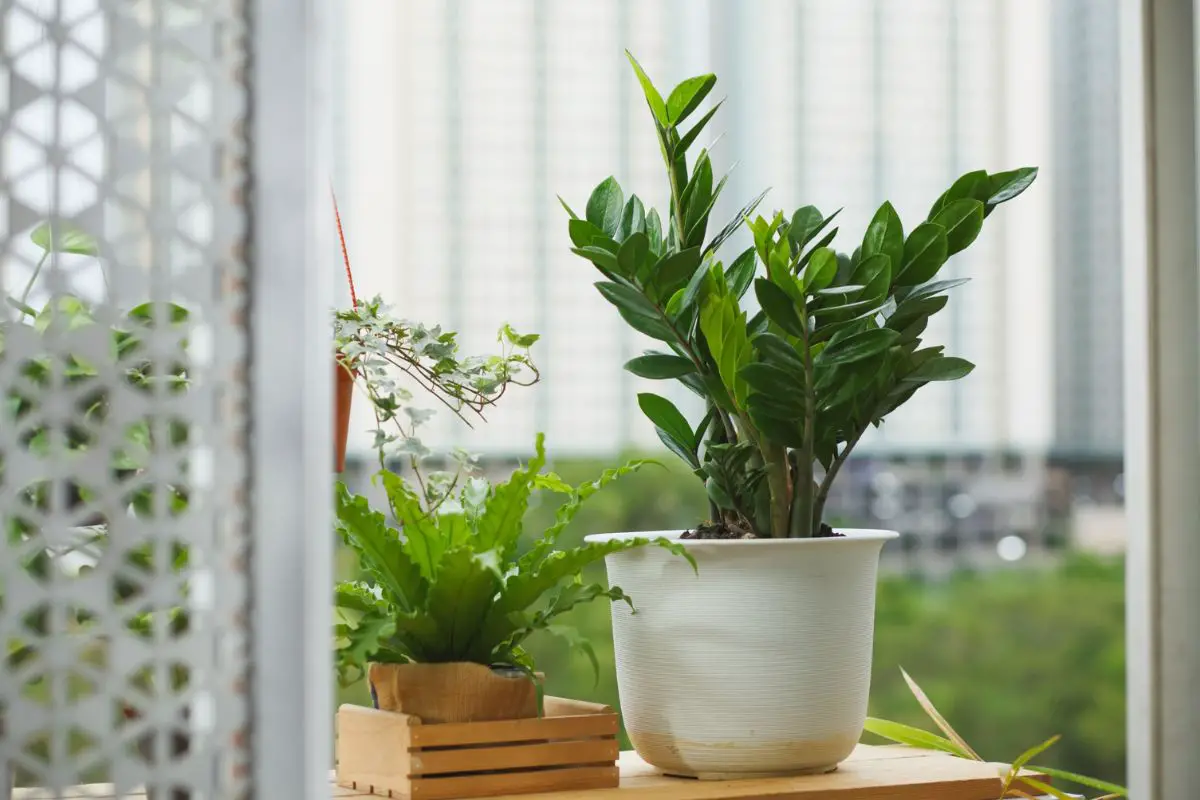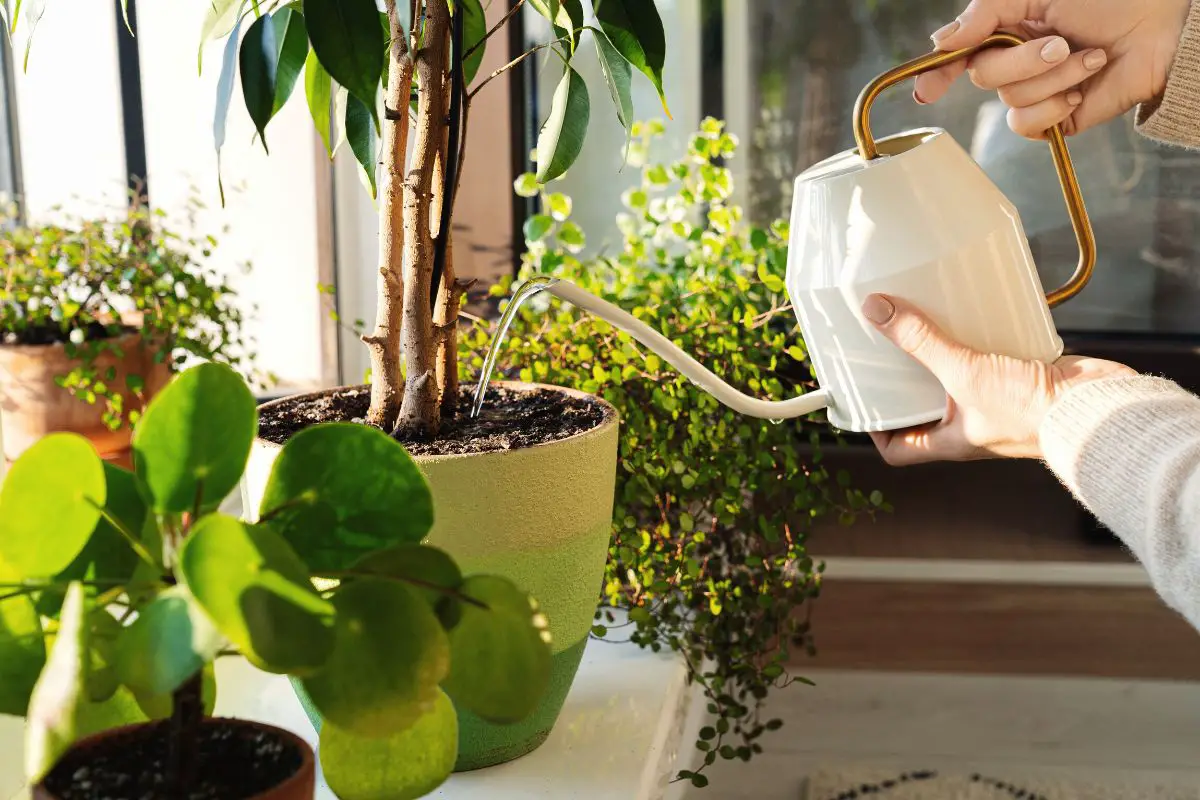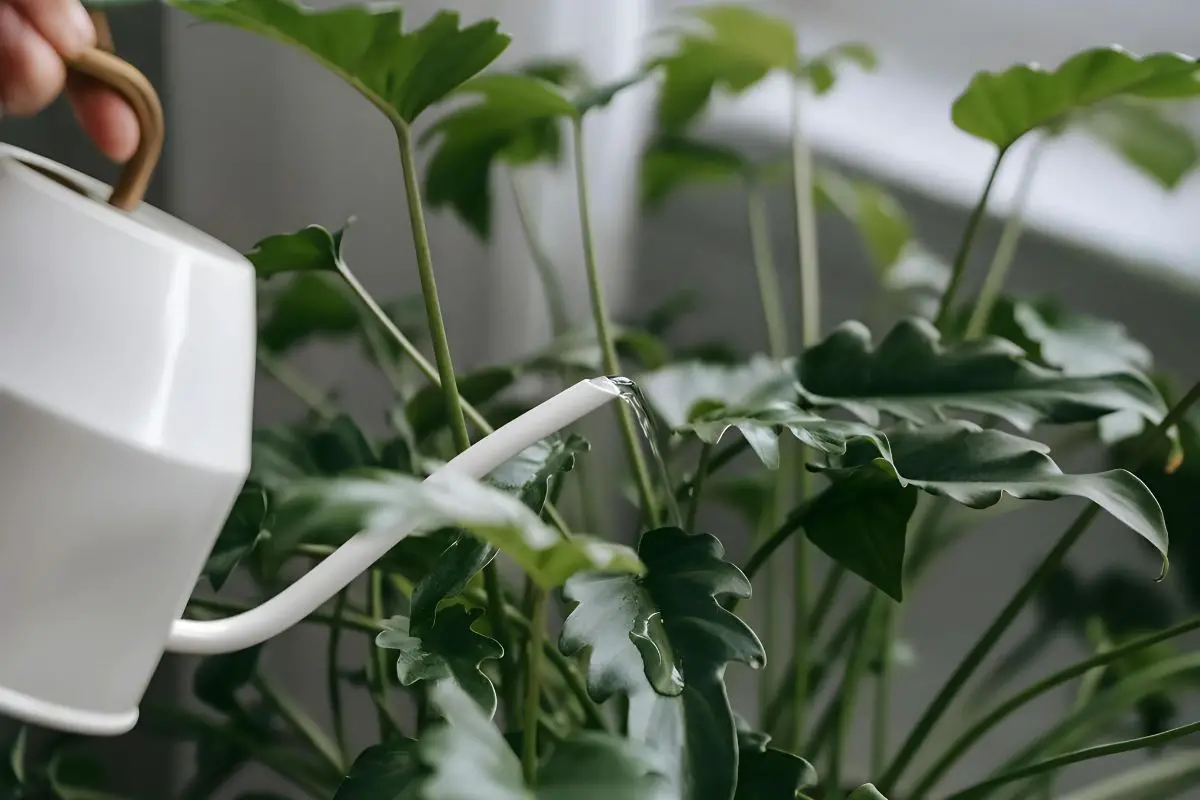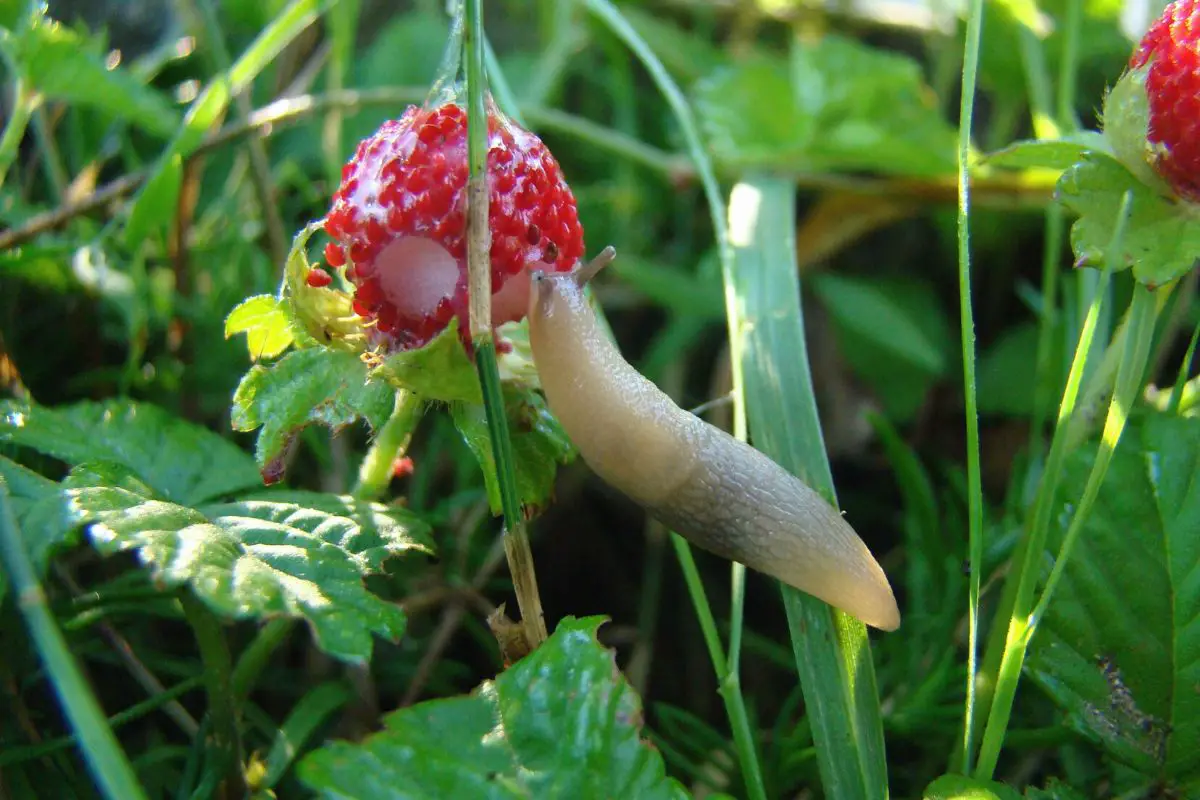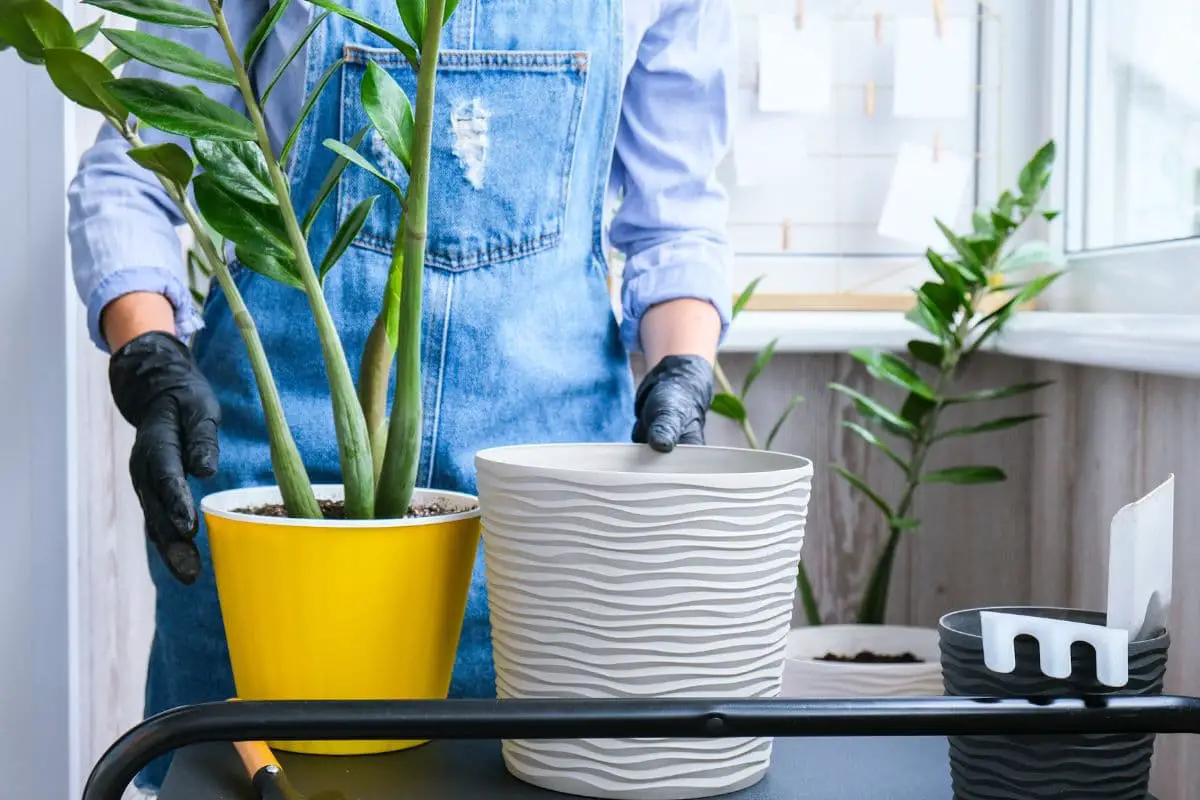You can never go wrong with a ZZ plant if you want a vibrant touch of nature but have suboptimal environmental conditions for plant growth. This low-maintenance plant can maintain its vibrant green leaves even with low light and infrequent watering. If your ZZ leaves have holes, you might be wondering what could possibly hurt this resilient plant.
Here are the causes of holes in ZZ plant leaves:
- Environmental stress (i.e., extreme light and temperature)
- Physical damage
- Pest infestation
- Overwatering
- Underwatering
- Overfertilization
- Fungal disease
- Chemical burns
These issues can lead to more severe health problems when left unattended, so it’s crucial to address them promptly. I’ll explore these causes in more detail and share some tips on how to fix and prevent them in the future.
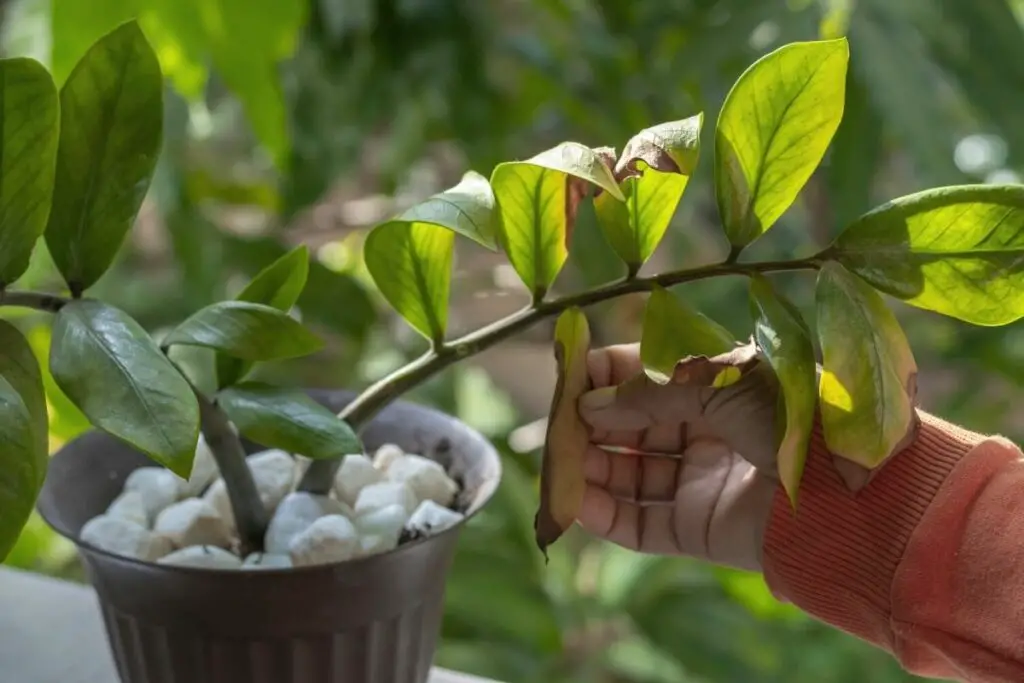
ZZ Plant: An Overview
Scientifically known as Zamioculcas zamiifolia, the ZZ plant or Zanzibar gem is a perennial originating from Eastern and Southern Africa.
In its native environment, this plant grows in shady forests with sandy soils and sparse rains. These conditions help the ZZ plant adapt to filtered light and partially dry conditions.
It has thick roots, fleshy stems, and bulbous rhizomes that store extra moisture and nutrients and feed the plant during periods of drought. Moreover, the leaves are glossy with a waxy coating that helps slow down water loss from transpiration.
These adaptations make ZZ plants an excellent choice for an indoor garden and laidback gardeners.
Nevertheless, ZZ plants are not immune to damage from constant neglect and poor environmental conditions. They usually show signs of stress through their leaves in the form of discoloration and/or leaf holes.
Common Causes & Fixes of Holes in Leaves
Many gardeners may tell you that it takes a lot of neglect to kill a ZZ plant. I can attest to this because my dried-out, almost lifeless ZZ plant was able to bounce back even from rootless rhizomes.
Still, it can take a few years before your plant can grow to a mature size and regain its vibrant green hue. That’s why it’s important to diagnose the cause of leaf holes and fix the issue as soon as possible.
Here are the common causes:
Environmental Stress
ZZ plants can tolerate low light and infrequent watering. However, they’re not tolerant to long periods of bright, direct light and high temperatures (over 90 °F or 32 °C).
When exposed to such conditions, the waxy coating on the leaves deteriorates, and some sections turn brown and crisp. The sun’s heat can then burn a hole through the weakened leaf surface.
You can fix the problem by moving your plant a few feet (0.6+ m) farther from the window or hanging a sheer curtain to filter the light. Keep the plant away from constantly running home appliances that can generate much heat and worsen the condition.
It also helps to rotate your plant by 90-180° weekly or at watering to distribute the light evenly throughout the foliage. Although the damaged leaf sections won’t heal, the new growth will be healthier.
Physical Damage
It’s rare for ZZ plant leaves to have holes. The most common sign of stress from environmental factors is leaf discoloration. So if your plant has holes without discoloration, it could be due to physical damage from human activities or curious pets.
Keeping your plants in busy areas of your home can expose them to accidental cuts from passersby or playing kids.
Cats and dogs, on the other hand, naturally chew on plant leaves for play, out of curiosity, or as a self-medicating behavior. Regardless of the reason, this behavior can leave puncture wounds on the leaves.
Warning: ZZ plant leaves contain calcium oxalate, which can be toxic. When ingested, it can cause vomiting, diarrhea, and stomach pain. The sap of the leaves can also cause irritation and itchiness upon skin contact.
You can prune severely damaged leaves to preserve the plant’s energy as it grows new shoots with healthy leaves.
The best way to fix and prevent this issue is to place your plant in a safe spot inaccessible to dogs or kids. Place them on wall shelves so they don’t easily get stepped on or bumped into. If you have cats that love to climb, you can place your ZZ plant in a separate room
Pest Infestation
ZZ plants are resistant to pests when kept relatively dry. In moist conditions or when overwatered, their succulent stems and thick leaves become attractive to sap-sucking insects like aphids, mealybugs, and scale mites.
If you leave your ZZ plant in a shady spot outdoors, the leaf holes may be due to slugs or caterpillars.
A few pests won’t kill your ZZ plant and it can even survive moderate to high levels of infestations. However, large enough pest populations can cause physical damage to the leaves, such as brown spots and tiny holes.
More importantly, these pests can move from your ZZ plant to more vulnerable plants. It’s crucial to eliminate or manage pest populations to prevent the issue from getting out of control.
Refer to the table below to identify these pests:
| Pest | Appearance and Identification | Damage |
| Aphid | Translucent white, green, orange, or brown Hides under the leaf surface | They suck the sap out of plant leaves and leave behind honeydew—a colorless and sticky liquid. Honeydew then invites sooty mold fungi, which leaves black spots on the leaves. Although these fungi don’t directly damage the leaves, they can block sunlight and prevent photosynthesis. |
| Scale mite | Immobile, brown or black bumps Feeds along the stem or petioles | |
| Mealybug | Cottony white waxy covering Hides under the leaf surface | |
| Slug | Shell-less mollusc with two optical tentacles White, yellow, or brown Leaves behind a slimy trail Loves moisture and comes out at night | It feeds on plant leaves, creating ragged holes. |
| Caterpillar (or maggot) | Larval form of flying insects Can vary in color and size depending on species Feeds on leaf surface | It feeds on plant leaves, creating ragged holes. |
Here’s how you can fix this problem:
- Locate the pests from the undersides of the leaves or along the stems.
- Manually remove them using tweezers or cotton swabs.
- Drop the pests in soapy water.
- Spray the plant with a neem oil solution at night once a week for up to 6 weeks until you can no longer see pests. You can use a coffee-based foliar spray when dealing with slugs.
- Continue spraying once every 2 weeks as a preventive measure.
Overwatering
ZZ plants are drought-tolerant and are more forgiving to underwatering than overwatering. The plant naturally absorbs and stores moisture within its stems and rhizomes.
When there’s excess moisture in the soil that doesn’t drain out of the pot’s holes, a ZZ plant sends it to the leaves and releases the droplets in a process called guttation.
However, if the plant is chronically overwatered, the excess moisture can burst on the leaves, creating holes or water-soaked lesions.
You can fix this issue by reducing the watering frequency. You may also need to check for signs of rot, such as black, smelly roots. If the plant has root rot, you need to repot it in fresh, well-draining soil and sterile pot.
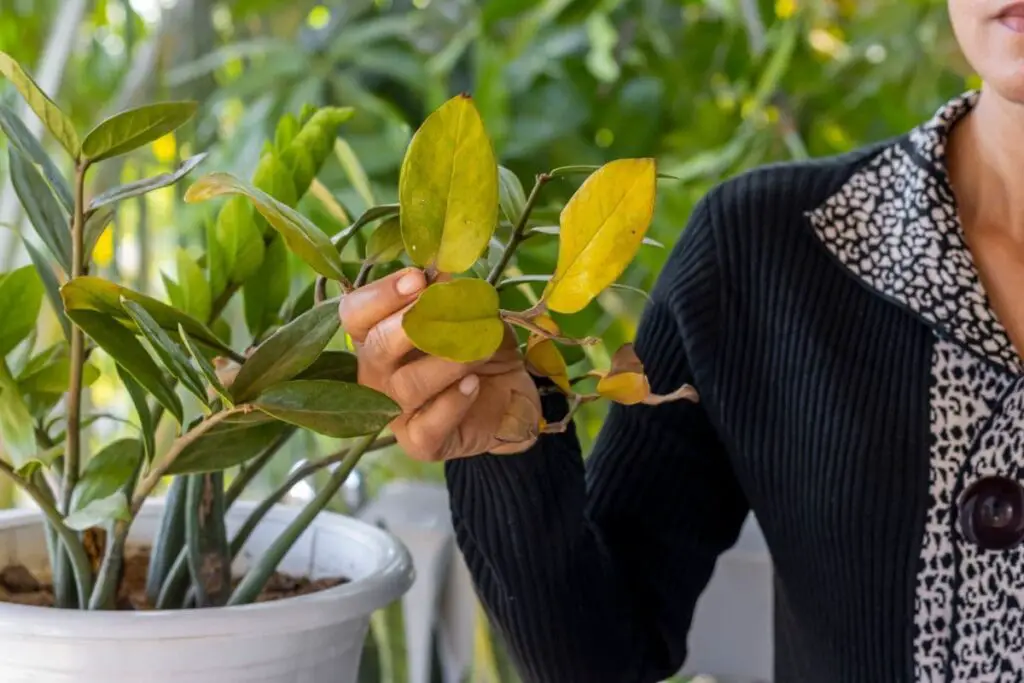
Underwatering
Although drought-tolerant, ZZ plants can also show signs of stress when they don’t receive water for extended periods (i.e., a month or so during the hot season).
The leaves will wrinkle, turn yellow at the edges, and eventually turn brown and crisp. The crisp sections may fall off and leave some tiny holes.
You can help your plant recover by watering it. If the soil has plenty of organic matter, a few sessions of deep watering can rejuvenate the wrinkly leaves.
On the other hand, sandy soil may become hydrophobic, and your plant will remain thirsty, even after watering. You need to fix the soil first by soaking it in water with a wetting agent. Alternatively, you can repot the plant in fresh potting soil with better moisture retention.
Overfertilization or Nutrient Deficiencies
ZZ plants don’t need frequent fertilization because they grow slowly and use the sugars stored in the rhizomes. When overfertilized, the plant will show signs of fertilizer burn, such as yellowing leaves. They will then turn brown and crisp and might leave some holes.
You can fix this issue by flushing the soil with clean, filtered water to leach the excess nutrients out of the pot. If you have a one-gallon (3.8 l) pot, you must pour 2 gallons (7.6 l) of water and let it drain completely.
This works if you have well-draining soil. If the soil has poor drainage, you must repot the plant in fresh soil with better drainage and avoid fertilizing it up to 1 year after repotting.
On the other hand, iron or manganese deficiency can lead to yellowing leaves and necrotic spots. These nutrients are required only in trace amounts, so they’re often ignored.
It may be impractical to conduct a soil test on potting soil to confirm the availability of micronutrients.
To fix the issue, you can apply a balanced 10-10-10 NPK fertilizer with added micronutrients in spring (and early summer). Alternatively, you can use a high-quality compost because it likely contains iron and manganese in trace amounts.
Fungal Diseases
ZZ plants hardly experience diseases because they’re usually kept dry and indoors. Leaf holes due to fungal diseases are rare but not impossible.
In order for these diseases to take hold of your ZZ plant, one or a combination of the following conditions must be present:
- Use of contaminated soil: Other than being prone to compaction, garden soil shouldn’t be used in potted plants because it can contain soil pathogens like Fusarium and Phytophthora, which cause root rot and leaf blight.
- Application of unfinished or contaminated compost: Composting kills pathogens and weed seeds due to high temperatures generated within the first few weeks. However, homemade composters usually add new organic materials to the pile regularly. Adding contaminated plant matter in an almost-finished compost will not eliminate the pathogens. This can then affect your plants later.
- Severe case of overwatering: Constantly wet soil can activate existing soil pathogens, which can cause root rot.
- Growing infected seeds or seedlings indoors: In cold regions, it’s common to start seeds indoors. The plants may seem healthy at first because the cool temperatures keep Fusarium spores dormant. However, as the air temperatures warm up to over 75 °F (24 °C)—which ZZ plants like—the fungal spores can become activated and spread by air or through contaminated hands and tools.
Once the pathogens are activated, the infection can travel along the stems to the leaves, causing necrosis. As the leaves decay, you will notice black or brown spots and water-soaked lesions.
As discussed, this is extremely rare, but if it does happen, it is beyond fixing. The symptoms usually indicate that the infection has spread throughout your plant. The best thing to do is to properly dispose of the infected plant and potting mix.
If you want to reuse the pot in the future, you must sterilize it using a 10% bleach solution and rinse it with hot water.
Chemical Burns
Another rare but possible cause of holes in ZZ plant leaves is chemical burn. For instance, if you use bleach cleaners or soapy sprays on nearby windows or furniture, droplets may land on the ZZ plant’s waxy leaves.
These chemicals can degrade the leaves’ waxy coating, leaving behind unprotected spots vulnerable to dehydration.
No special action is necessary to fix the issue because the damage will likely be minimal. However, if you spilled a large amount of a chemical on your plant, you must rinse the plant thoroughly.
Dunk the affected plant in clean, filtered water to dilute the chemical and allow the plant to dry in a well-ventilated room away from direct sunlight.
It’s also important to prevent the same issue from occurring to maintain the healthy appearance of your plant.
Regular Care Tips & Prevention Strategies
The above causes are avoidable with proper care routine and a few preventive measures, including the following:
- Keep your plant away from direct sunlight. Place it 4-8 feet (1.2-2.4 m) away from bright curtained windows. It’s also important to rotate the pot regularly.
- Maintain temperature between 65 and 85 °F (18 and 29 °C).
- Water the plant only when the upper half of the potting mix is dry.
- Inspect your plant at watering for signs of pests.
- Spray a neem oil solution to your ZZ plant if the other houseplants have pest infestations. Pests can travel to adjacent and unprotected plants.
- Use a well-draining substrate like a compost-perlite mix to avoid overwatering issues.
- Adjust your watering routine depending on the season. Check the soil moisture 10 days after watering during hot weather or 14 days during warm seasons.
- Fertilize your plant sparingly and use high-quality fertilizers/compost. Avoid fertilizing immediately after repotting in nutrient-rich soil. Fertilize only once or twice a year starting from the second year after repotting.
- Use pure, filtered water when wiping or dusting the leaves. Temporarily cover your plants with plastic when using chemical cleaners around them.
Final Thoughts
ZZ plants seldom have holes in the leaves because plant stress initially shows through leaf discoloration. The holes can indicate that the issue has progressed and you need to promptly address it to save the plant.
It’s important to correctly diagnose the cause to apply the appropriate fixes and prevent the issue from recurring.
ZZ plants typically don’t have high demands in their care routine and are sturdy enough to withstand suboptimal conditions. Still, it helps to be patient and consistent in your plant care to prevent problems, which can sometimes be time-consuming to fix.
If you have any questions about ZZ plant care, I’ll be glad to answer them through social media or email.

